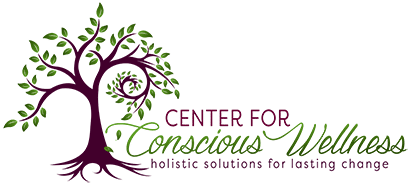I’m meeting a friend who’s visiting from the East Coast at the Japanese Tea Gardens in San Francisco. I love wandering through taking in all of the beautiful plants and flowers…..and I get to hug Sarah, who I’ve not seen in over a year 😍 I hope you have something that fills your cup on the agenda.
“This is not helping; I’m just as unclear as before.” I received this text from a client who was using applied kinesiology to help her gain some clarity around the decision she was making.
Applied kinesiology, also known as muscle testing, is a biofeedback method involving asking a question either in true/false or yes/no format and noticing muscle strength afterward. This can be done with a practitioner or on yourself. There are a number of techniques that I’ll go into next week.
|
|
In my years as a coach, I’ve learned there are two things that are essential: deep listening and great questions. I recognized my client’s frustration and concern that she was doing it wrong. When I reached out to her, she was feeling overwhelmed and that she was wasting her time.
Something told me to dig a little bit deeper. I asked her to go through the technique with me. Her technique was solid but I noticed her questions were very broad. We had started a few weeks ago by working with questions around food and supplements that had minimal charge or resistance.
The decision she was testing for felt bigger to her, and she had chosen questions like ‘Is this choice okay?’
I asked her to try and narrow her questions down. Instead of asking if something was okay, ask if it was aligned with an outcome. Is this choice in alignment with my value of service? Or Does choice A support my goal of increased autonomy? (repeat for choice B)
Self-inquiry can be tricky. Knowing what question to ask and what language to use takes time and practice.
|
|
A great way to use self-inquiry is by journaling. This can help you peel back layers and gain new insights. I suggested that my client do some self-inquiry journaling for a few days then go back to the applied kinesiology with new questions. I reminded her that not all tools are a good fit for all people.
When we talked a week later, she was feeling more clear and had decided that for now, she was going to keep applied kinesiology for situations with less confusion and bias until she felt she had mastered the technique. The journaling helped once she used deeper questions.
All things have a learning curve, and trying to use tools that you’re not proficient in can add more stress instead of decreasing it. Notice when that pops up, and try something else.
